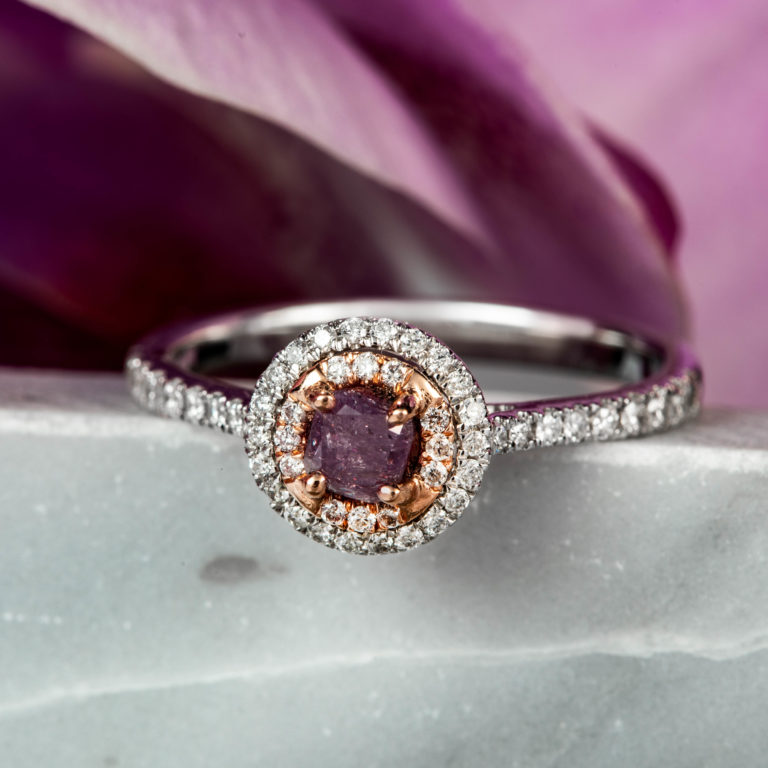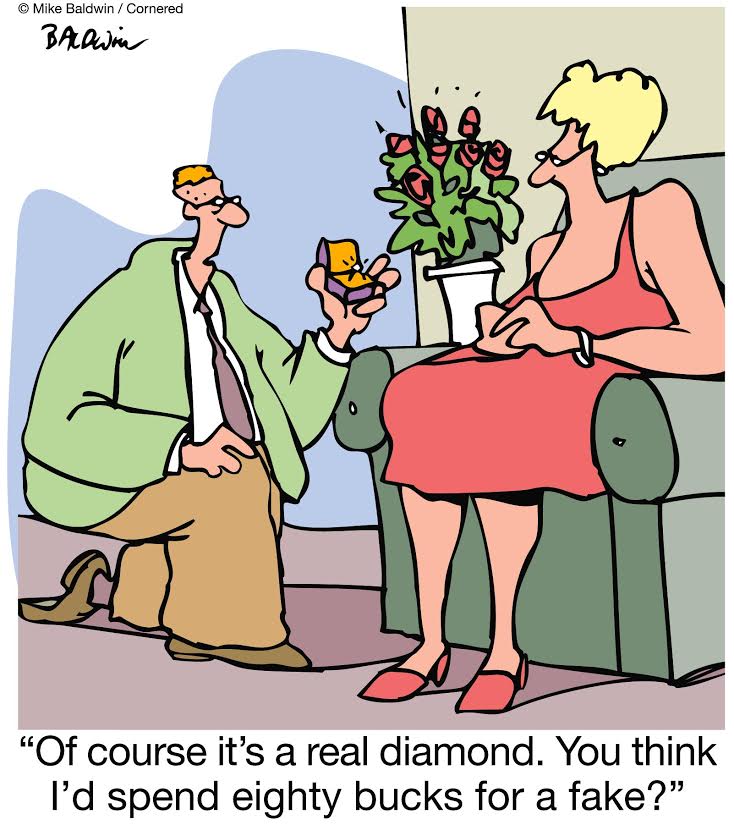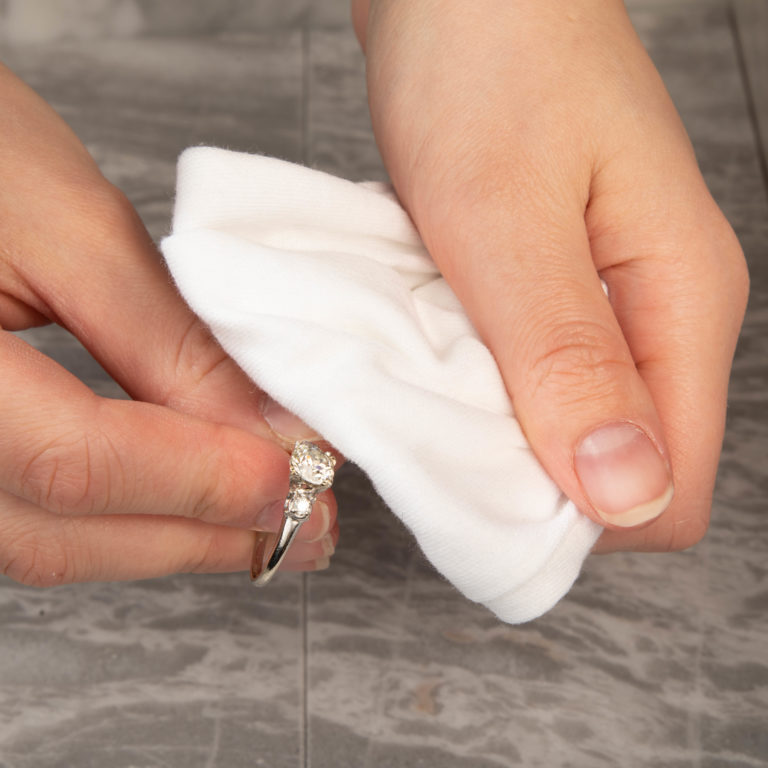Ready to purchase a new Diamond now that you have sold us your old one? Here are some helpful tips to ensure your purchase has the best resale value. There is no need to sacrifice retained value for short term price savings.
Things to Do
Do consider a diamond in the H-J color range. Unless you happen to be a gemologist, it is unlikely that you would be able to tell the difference between a diamond with F or J color. Gemologists assign color grades by placing the Diamonds on a white surface, upside down. This is the only time differences in this color range become noticeable.
Do consider a diamond in the SI1-SI2 clarity range. But be careful, not all SI1 and SI2 clarity diamonds are created equal. Some have noticeable, centrally located and black inclusions. Others have less noticeable, transparent inclusions along their edges. Make sure to examine the diamond before hand to check that its inclusions aren’t apparent to the naked eye. When you shop you can reference the Diamond’s clarity map, (located on its certificate), to determine whether its inclusions are centrally located or off to the side.
Do purchase a GIA or AGS certified diamond. These are the only reliable diamond certificate types. Diamonds with these certificates may appear more expensive. This is an illusion. In reality, the other, “less expensive”, certified diamonds are incorrectly graded, and often overpriced, considering their actual quality.
Do purchase a diamond with similar color and clarity levels. Sellers and buyers prefer diamonds with consistent characteristics. For example, you shouldn’t purchase an IF (Internally Flawless) clarity diamond, (high clarity), with J color, (medium color). While you may be getting a high clarity diamond, in terms of price, you will be paying more for a hard to sell, and therefore less valuable, diamond. Therefore, a better purchase would be a J color SI1 clarity diamond or an IF clarity, E color diamond.
Things Not to Do
Don’t sacrifice cut for savings. If your diamond’s cut grades aren’t Very Good or Excellent, this will probably be reflected in its appearance.
Don’t buy a diamond certified by a lab other then GIA or AGS. Other certification laboratories grade diamonds one or two grades better than their actual quality.
Don’t buy an uncertified diamond. If a diamond is over a ½ carat in size, there is no reason that the seller wouldn’t have had it certified. Certificates make a diamond more saleable and valuable. You should assume that an uncertified diamond over ½ carat has a negative characteristic that the seller doesn’t want you to know about.
Don’t purchase a diamond with medium, strong or very strong fluorescence. Any short-term price savings resulting from the purchase of a fluorescent diamond would be negated by its effect on the diamond’s resale value.



